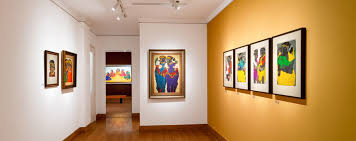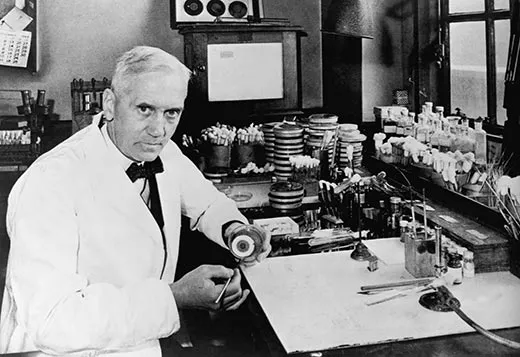
Menu

When we hear the name Alexander Fleming, most of us think of penicillin, the antibiotic that revolutionized medicine. But beyond saving countless lives, Fleming had a surprising artistic side: he was one of the earliest pioneers of microbial art.
In his lab at St. Mary’s Hospital in London, Fleming noticed that colonies of bacteria could produce vivid pigments on agar plates. Fascinated, he began experimenting—not just for science but for creativity. Using sterile tools, he “painted” images with different bacterial strains, allowing their natural colors to grow into complex designs.
Fleming created surprisingly detailed scenes, including a ballerina, a house, and even soldiers. Each color came from a specific microbe: Serratia marcescens for red, Micrococcus luteus for yellow, and Chromobacterium violaceum for purple. After incubation, these images would appear in full color—a testament to both his microbiological skill and artistic eye.
Though he never sought fame for his art, Fleming’s work demonstrated the beauty of the microbial world long before “agar art” became a recognized genre. His playful approach also underscored the power of observation in science. Just as he noticed a stray mold killing bacteria (leading to penicillin), he saw the artistic potential of bacterial growth that others ignored.
Today, Fleming’s microbial paintings are celebrated as early examples of bio-art, inspiring generations of scientists and artists alike. His legacy is more than medicine; it’s a vision of how curiosity, creativity, and science can blend in unexpected ways.
So the next time you think of Petri dishes, remember Alexander Fleming—not just the discoverer of penicillin, but the man who turned germs into art.

@THE INDIAN ART COTTAGE
© The Indian Art Cottage | All Rights Reserved | 2025